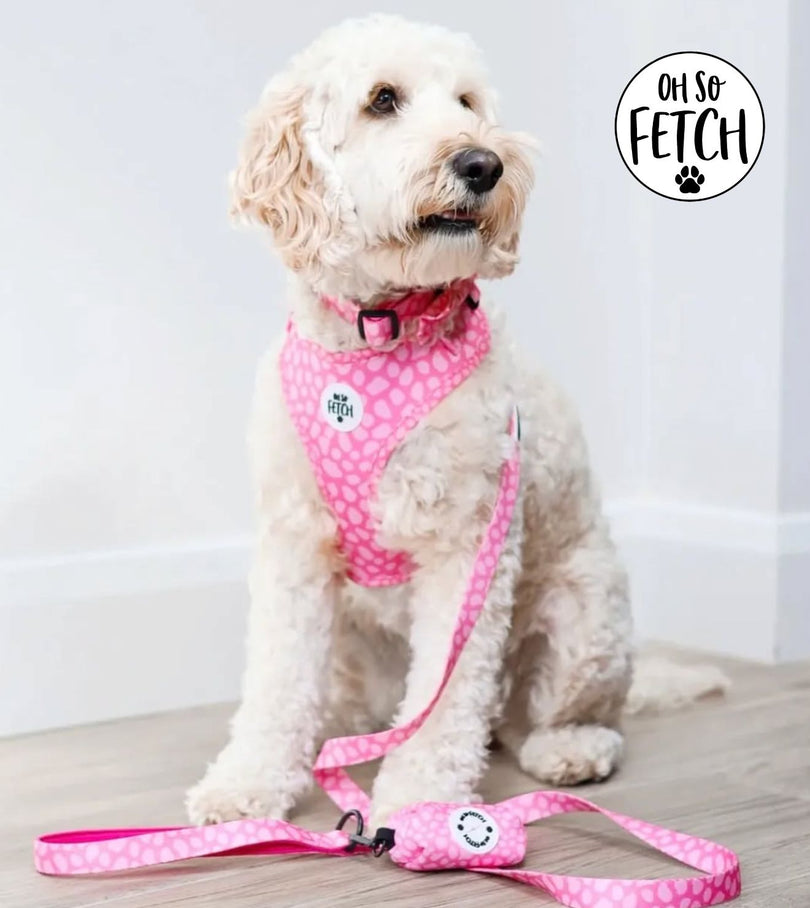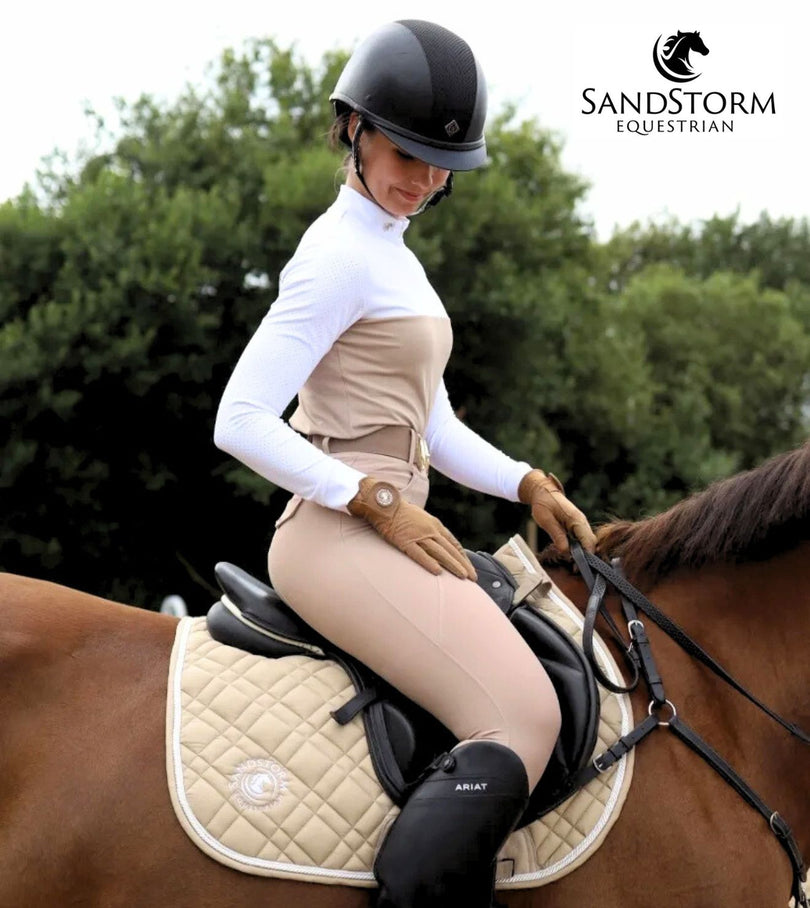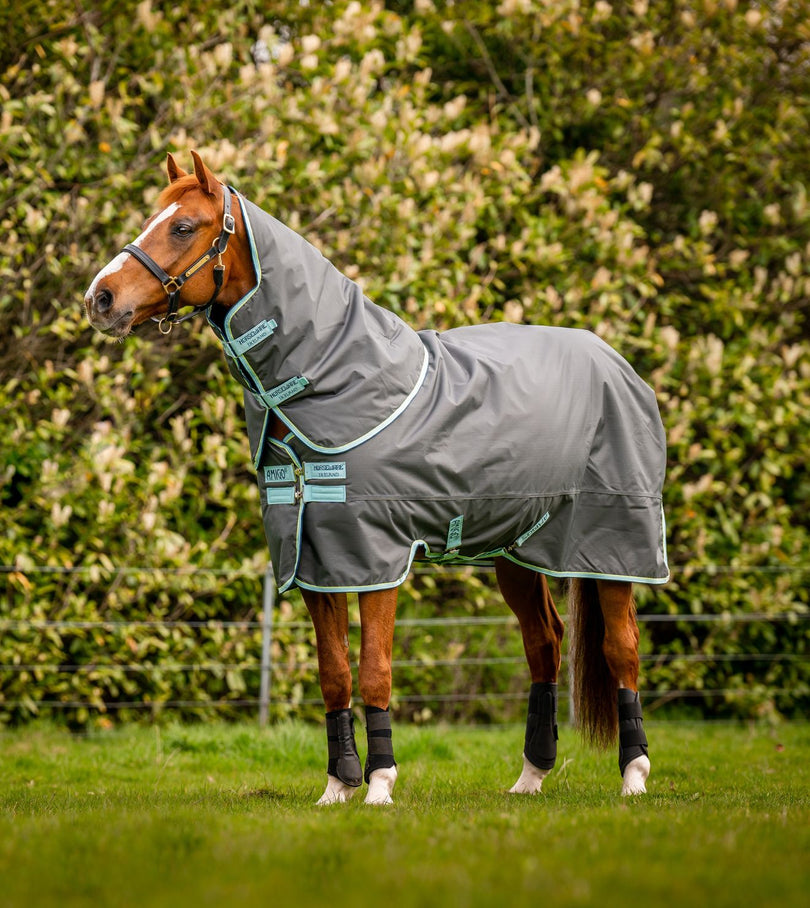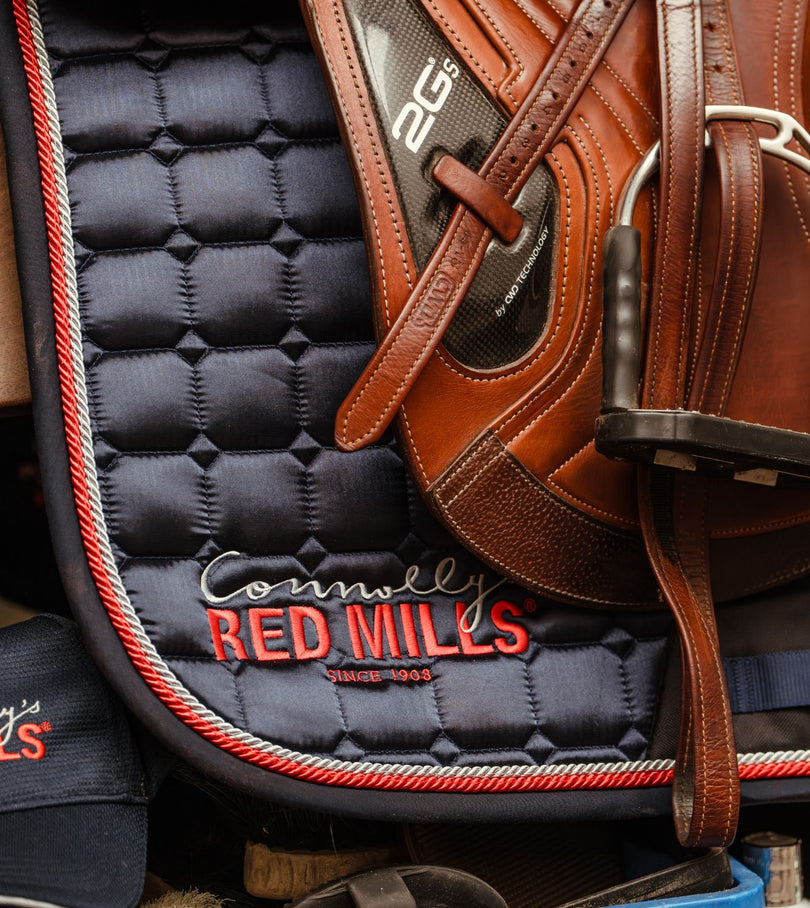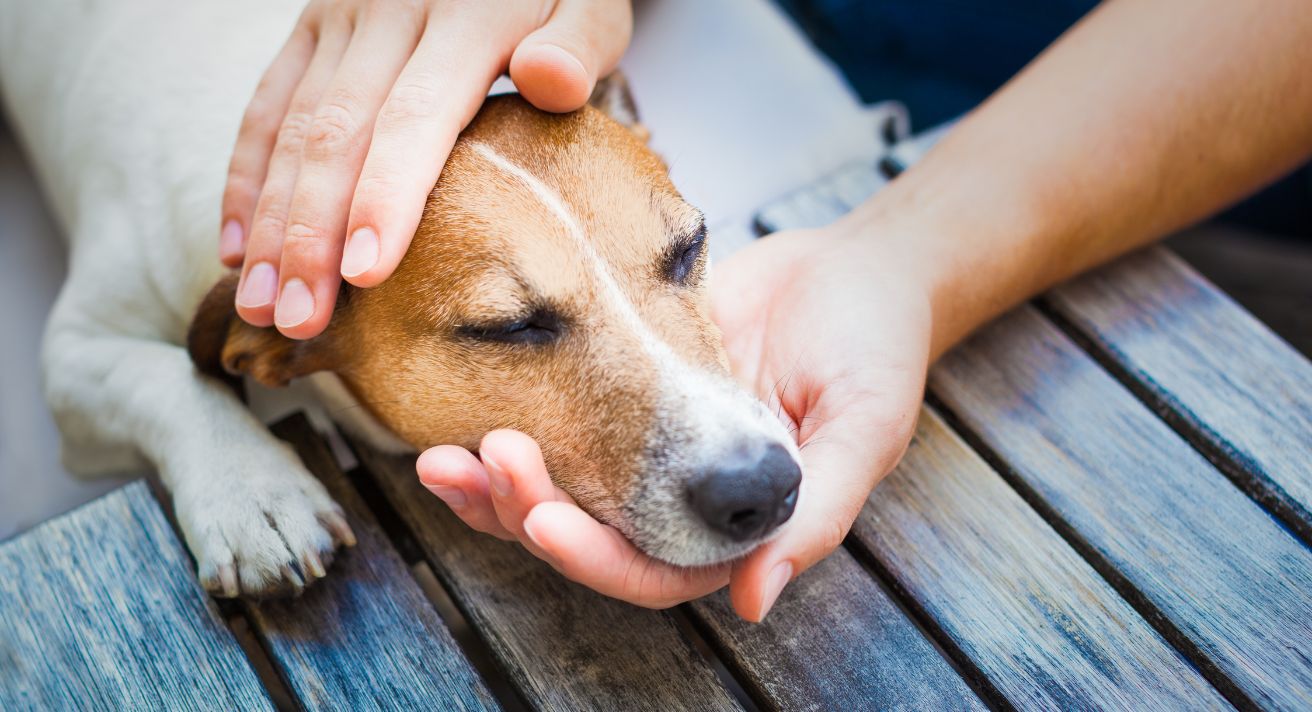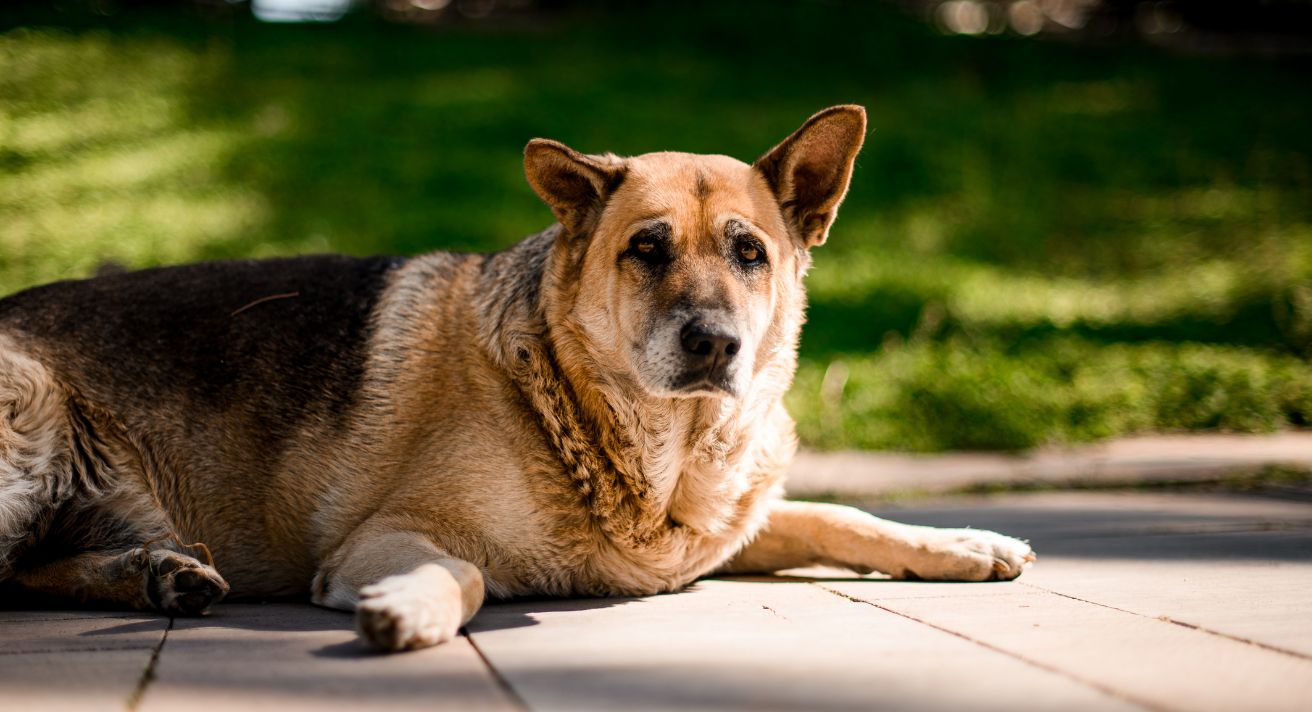All dogs are good dogs, but sometimes even the best boys and goodest girls have some behaviours we do not appreciate. Very often, those problem behaviours are the result of anxiety. If we scold them sternly, we can actually increase their anxiety, which leads to more of the behaviour we don’t want. Instead, we need to find ways to reduce and manage our dog’s anxiety.
First, we need to know how anxiety presents in dogs. It can be obvious if a dog is acutely distressed and starts pacing and whining or hiding. But often is shows up in destructive and annoying behaviour. Chewing is a normal instinct in dogs, but anxiety can lead to more extreme chewing – to the detriment of your furniture and shoes. Excessive barking is another sign of anxiety. Many canine self-soothing behaviours are problematic, such as humping, chewing or scratching themselves and licking soft furnishings, duvets and pillows.
Regardless of the specific behaviours, the solution is to address the anxiety itself. Often a combination of tactics and a lot of patience are required.
10 Tips for Managing a Dog’s Anxiety
These tips can help you keep your anxious dog calm. Some are better for a generally nervous dog, while others can help more for specific situations such as fireworks or moving house.
- Plenty of exercise. Stress signals our bodies that we might need to fight or flee to remain safe, hence the term ‘nervous energy’. Regular long, vigorous walks can burn off that energy and help a dog calm down – but the key is to walk the dog in a calm environment away from things that cause stress.
- Stick to a predictable routine. Dogs thrive on routine and can become anxious if they don’t know what the day will bring.
- The right food at the right time. A regular feeding schedule is a critical part of that routine. Some dogs, particularly rescues who have suffered ongoing hunger, are more relaxed with dry dog food left out all day. What you feed matters. Choose a quality food with the calories they require – not more.
- Provide a variety of safe chews and chew toys. Chewing is a great stress reliever. Check your dog’s chews regular for signs that a piece could break off and be a choking hazard.
- Play soothing music. Think Vivaldi rather than Bon Jovi. The music helps dogs relax and it also covers sounds from outside, which can trigger anxiety and barking.
- Avoid triggers. Some dogs have a traumatic history that has given them a fear of particular items or situations.
- Calming aids such as Nutri Calm can help a dog move past a bout of anxiety and settle enough for the other tactics to work. These supplements can be very helpful when a new dog arrives in the family, at Halloween or when you have company over.
- Try daily obedience training. Ten minutes of obedience training at the same time every day meets your dog’s need for routine, mental stimulation and bonding with you. Keep it positive with lots of healthy dog treats as reinforcement.
- Avoid making a fuss when you leave and arrive home. Separation anxiety can be difficult to deal with, and leaving quickly and calmly communicates to your dog that it isn’t a big deal.
- Dog massage helps your best friend relax and promotes bonding so they feel more secure. This one might sound obvious, but it is often overlooked.
With some effort and time, even the most anxious dog can become more calm and confident – which makes life better for the whole family.
By Irene Hislop





